Media coverage plays a critical role during national security and health emergencies, serving as a crucial source of information for the public. During these times, the news media becomes a conduit through which the public gains insights into the evolving situation and policymakers make informed decisions. News media reporting not only informs public perceptions but also influences policy responses.
However, media coverage of health emergencies, such as the ongoing COVID-19 pandemic, faces unique challenges. Scientific reporting during rapidly evolving pandemics can be complex, as understanding the virus and its consequences constantly evolves. This can lead to inaccuracies, misconceptions, and even misinformation being disseminated to the public.
Inadequate media coverage of health emergencies can have negative consequences. It can lead to a lack of understanding among the public, hindering the implementation of effective measures to combat the crisis. Misinformation and fake news can contribute to fear and panic, potentially exacerbating the situation.
Furthermore, media coverage plays a crucial role in shaping public perceptions, influencing risk perception, and determining the level of agreement among key stakeholders. Therefore, news media personnel, including reporters and journalists, must provide accurate and reliable information to ensure public understanding and informed decision-making.
The Elements Of Media Coverage
Media coverage refers to how the media reports on events, providing information and analysis to the public. It encompasses various media types, including print, broadcast, and digital platforms. Media coverage aims to inform, educate, and engage the public on important issues and events happening locally, nationally, and internationally.
Video Source: BBC Reel / YouTube
There are different methods used to obtain media coverage. For example, traditional media outlets such as newspapers, television networks, and radio stations have journalists and reporters who gather information, conduct interviews, and write news stories. These stories are then published or broadcast to reach a wide audience.
In addition, digital media has become increasingly prevalent, with news websites and social media platforms allowing for instant access to news stories, live updates, and interactive content.
Media coverage plays a crucial role in shaping public opinion and raising awareness. By providing accurate and timely information, media coverage helps individuals understand the significance of events and issues and encourages critical thinking and informed decision-making.
Furthermore, media coverage amplifies the voices of diverse perspectives and promotes transparency and accountability in society. It serves as a platform for highlighting important societal issues, sparking conversations, and advocating for change.
Different Types Of Media Coverage
Media coverage plays a crucial role in shaping the public's perception and understanding of various events, especially during times of crisis like the ongoing COVID-19 pandemic.
News organizations across different platforms, such as newspapers, broadcast news, and online media, provide the public with information and updates on important issues.
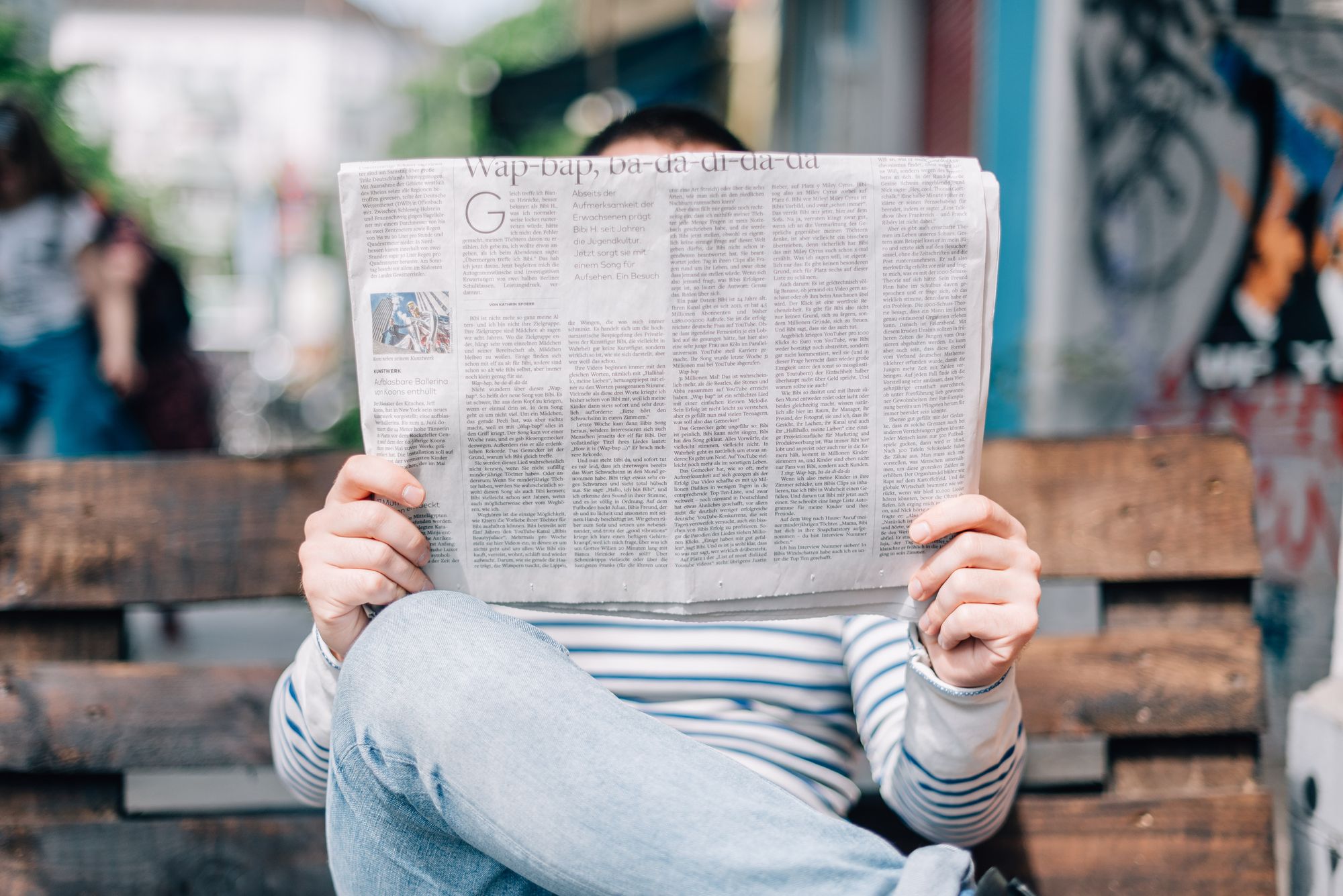
However, how news is presented and reported can vary, leading to different types of media coverage. It is important to understand these different approaches to ensure a comprehensive and accurate understanding of the news.
Traditional Media Coverage:
Traditional media, including daily newspapers, broadcast news, and radio, have long been the primary news source for many people. Despite the rise of digital media, these platforms continue to hold significant influence. They often provide in-depth coverage, analysis, and investigative reporting, which can be an invaluable resource for those seeking reliable news.
Digital Media Coverage:
With the advent of the internet and social media platforms, digital media has become an increasingly popular news source. Online news outlets, search engines like Google News, and social media platforms provide instantaneous updates, allowing user engagement and interaction. However, the proliferation of fake news and misinformation on these platforms raises concerns about the reliability and accuracy of the information presented.
Expert Analysis:
Media coverage also includes expert opinions and analysis from various fields. Health experts, public health professionals, and other key stakeholders provide insights and guidance to help the public make informed decisions, particularly regarding the COVID-19 crisis. These expert perspectives help enhance the scientific understanding and public perception of the situation.
Compelling Human Stories:
Media coverage often highlights compelling human stories, giving a personal touch to news events. Stories of individuals affected by the pandemic or displaying acts of heroism can evoke empathy and create a deeper connection with the audience. These stories humanize the crisis and its impact on mental health issues and can help raise public awareness.
Newspapers
Newspapers play a vital role in media coverage, influencing the news agenda and reaching a large audience. With their rich history and widespread distribution, newspapers continue to shape public perception and understanding of important events.
Regarding reach, newspapers have traditionally been a primary news source for many individuals. Their wide readership spans different demographics, enabling them to disseminate information to diverse people. This broad reach allows newspapers to set the news agenda by highlighting certain stories and topics, which can heavily influence public discourse.

When researching or analyzing media coverage, selecting newspapers for sampling purposes is crucial. Methodologies often involve a tiered approach, where newspapers are categorized based on factors such as circulation, readership, and relevance to the topic at hand. This tiered system ensures a representative sample that captures a range of perspectives and voices.
The selection criteria may also consider the geographic location of newspapers to ensure regional diversity. For example, the Index of Media Coverage includes newspapers from various countries to provide a comprehensive outlook on specific issues or events.
Currently, the newspapers included in the Index comprise a diverse range of publications in format (print and online) and ideology. This represents the varying perspectives and positions within the news landscape, allowing for a comprehensive analysis of media coverage.
Overall, newspapers remain integral to media coverage, influencing the news agenda and reaching a vast audience. Their inclusion in sampling methodologies ensures a well-rounded and representative analysis of media coverage.
News Radio
News radio is a popular and influential medium in media coverage, providing listeners with up-to-date information on various topics. With its unique format and characteristics, news radio offers a valuable platform for news organizations to reach a large audience.
One of the key advantages of news radio is its affordability. Radio advertising is relatively cheap and easy to produce compared to other forms of media, making it accessible to a wide range of businesses and organizations. This affordability allows even smaller companies to advertise their products or services to a broad audience.
Radio advertisements are typically around 30 seconds long, making them concise and impactful. This time constraint encourages advertisers to create compelling messages that convey their key points effectively within a short span. With careful scripting and delivery, these ads can leave a lasting impression on listeners.

Furthermore, news radio inserts advertisements between programs, ensuring they reach a captive audience. Unlike television or print media, where viewers can fast forward or skip ads, radio listeners are more likely to hear the commercials as they are interwoven seamlessly into the programming. This placement increases the chance of engagement and response from the audience.
Broadcast News
Channel News refers to the different types of media coverage provided by major broadcast networks and PBS NewsHour. The three major broadcast networks, ABC, NBC, and CBS, as well as the PBS NewsHour, reach a wide audience across the United States. These networks have a significant presence in the television industry and provide news coverage daily.
The study codes the entire program for the commercial evening newscasts, analyzing the content, format, and presentation. This comprehensive approach allows for a thorough assessment of the news coverage provided by these networks. On the other hand, for the morning programs, the study focuses on the news segments during the first 30 minutes of the broadcast, providing insights into the morning news routine.
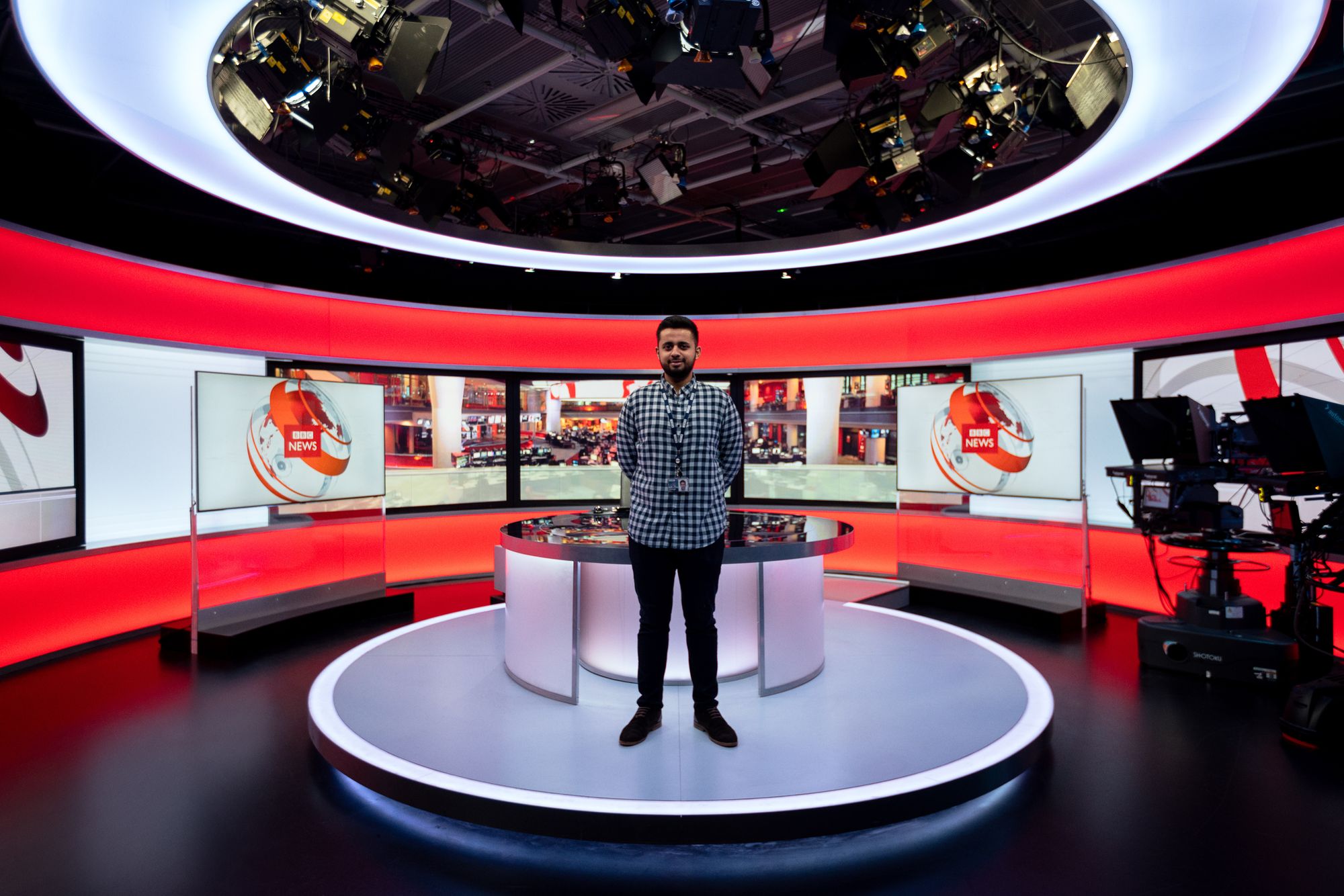
Additionally, the PBS NewHour follows a rotation to capture its news coverage accurately. The study alternately codes the first and second half-hour, enabling a complete analysis of the program's content over time.
By examining the news coverage provided by these major broadcast networks and PBS NewsHour, researchers can gain insights into the information and stories being disseminated to a broad audience. This analysis can help identify patterns, trends, and biases in the media and contribute to a better understanding of the news landscape.
The Impact Of Media Coverage
Media coverage profoundly impacts society, influencing public perception, shaping public opinion, and providing a platform for important societal issues. From traditional outlets like newspapers and broadcast news to digital platforms like news websites and social media, media coverage plays a crucial role in raising awareness and fostering understanding.
Providing accurate and timely information helps individuals grasp the significance of events and issues, encouraging critical thinking and informed decision-making. Moreover, media coverage amplifies diverse voices, promotes transparency and accountability, and catalyzes conversation and advocacy. Its influence on public perception and societal change cannot be overstated.
The Positive Aspects of Media Coverage
Media coverage is crucial in society, bringing numerous positive aspects and benefits. Firstly, it serves as a channel for information dissemination, informing the public about important news events and developments.
Through various platforms such as daily newspapers, broadcast news, and online news sources like Google News, media coverage eis crucial
Moreover, media coverage can significantly impact the public perception and understanding of critical issues. By providing in-depth analysis and expert opinions from health professionals and scientists, news organizations shape public opinion and contribute to a more comprehensive understanding of complex topics such as the COVID-19 crisis.
This level of engagement enables individuals to make informed decisions and take appropriate actions. Media coverage also plays a vital role in raising awareness of various social issues.
By highlighting compelling stories and shedding light on important causes, the media brings attention to topics that might otherwise be overlooked. This further boosts awareness and fosters meaningful conversations that can lead to positive social change.
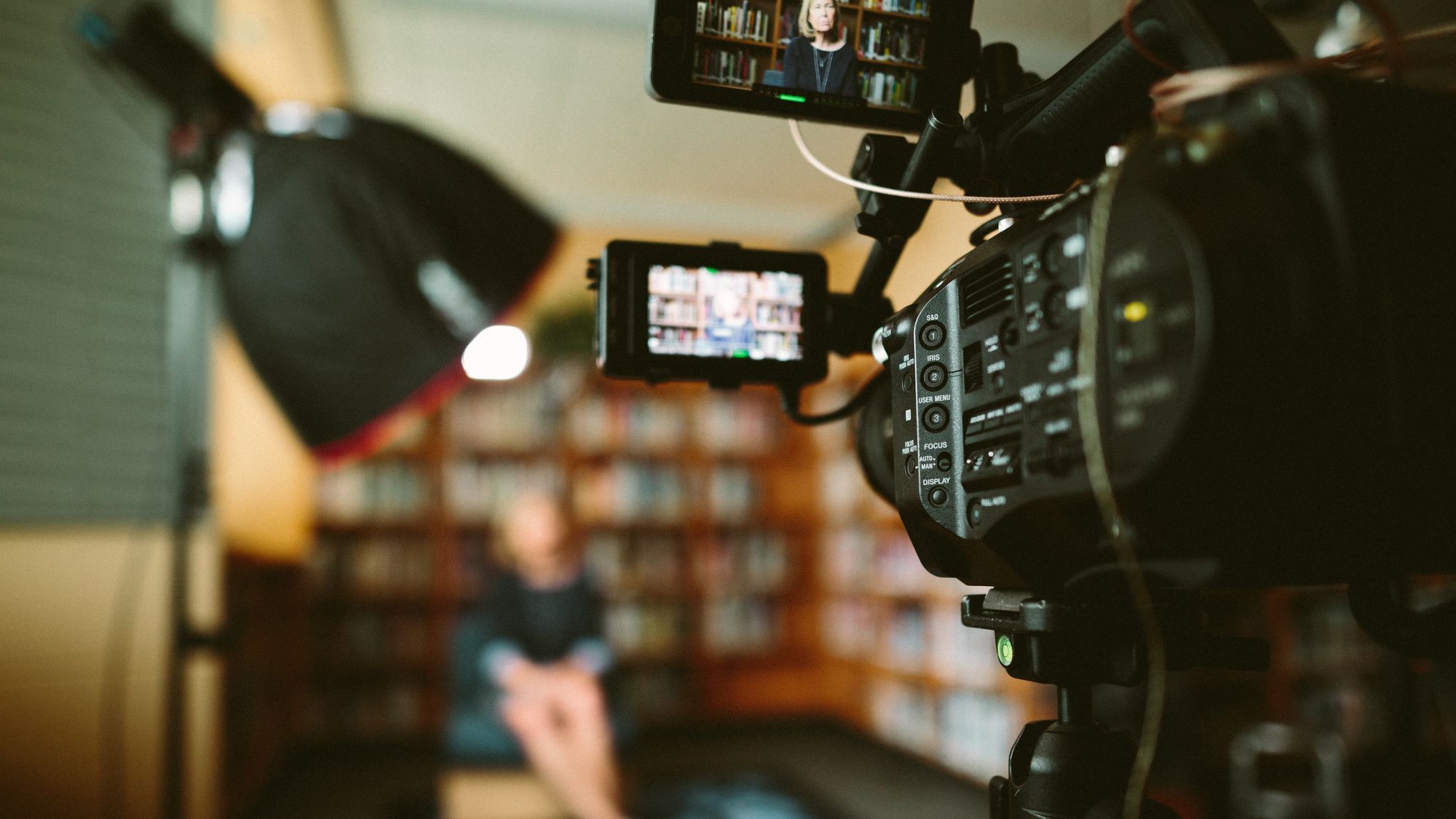
Another significant benefit of media coverage is the credibility it brings to brands or organizations. When a product or service is featured in a reputable news outlet, it increases consumer confidence and trust.
News media personnel are viewed as neutral third parties, and their endorsement can significantly impact consumers' perceptions, ultimately leading to increased brand credibility and customer loyalty.
The Negative Aspects of Media Coverage
Media coverage, while influential, can also have negative aspects that impact public opinion and awareness. One such concern is the potential for biased or sensationalized reporting, which can lead to the spread of misinformation or the exaggeration of certain narratives.
When the media selectively highlights or distorts facts, it can manipulate public perception, ultimately shaping opinions based on incomplete or inaccurate information.
This tendency towards bias and sensationalism can have serious consequences. For instance, it can create unnecessary panic or fear among the public, as seen during the Covid-19 pandemic. Misleading headlines or exaggerated stories can amplify risk perceptions and increase public anxiety.
Moreover, negative media coverage can take a toll on mental health. Continuous exposure to distressing or alarming news events can increase stress, anxiety, and depression. This is particularly concerning considering the extensive media coverage of crises and disasters, which can significantly impact individuals' well-being and quality of life.
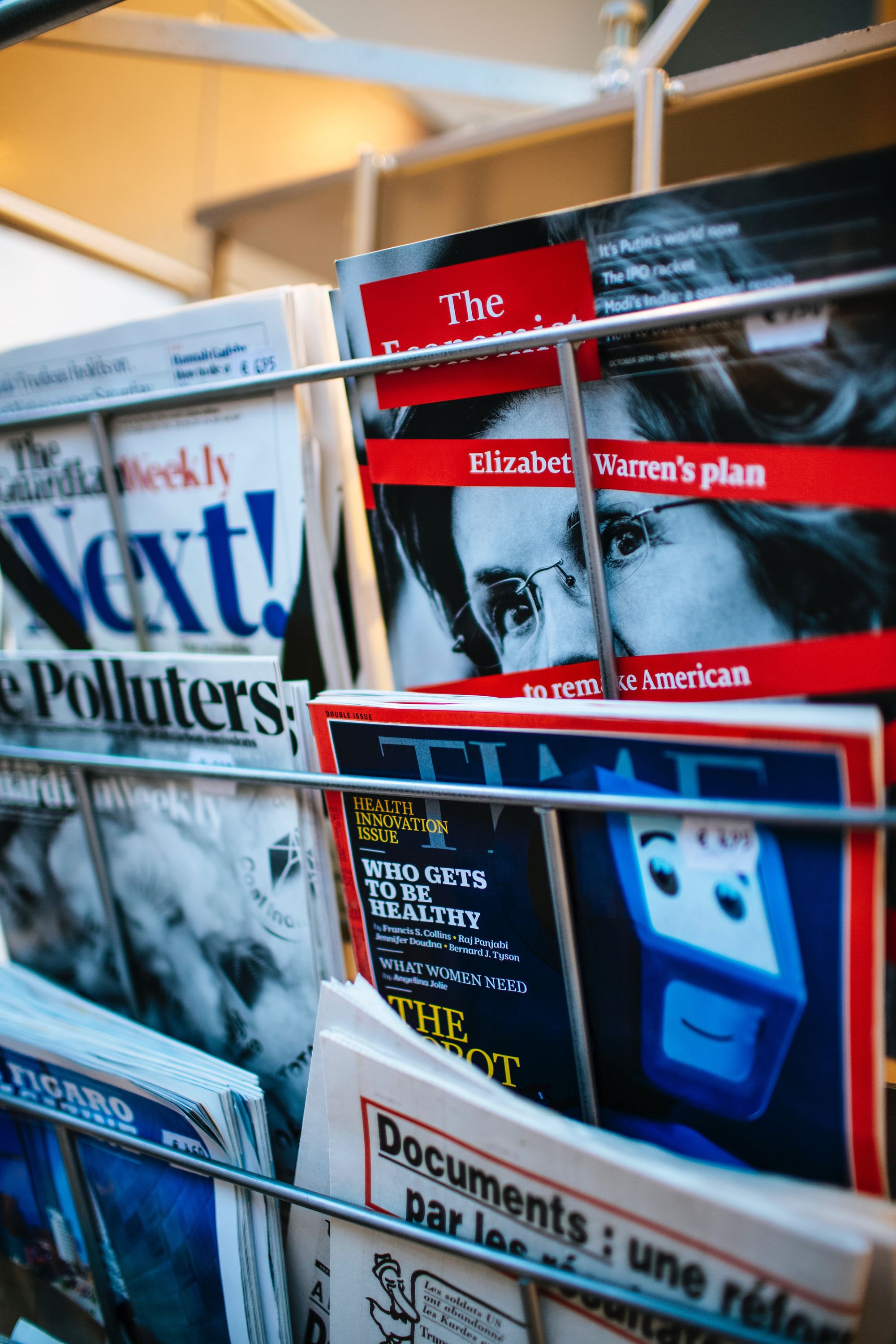
Biased or sensationalized reporting can foster division and polarization within society, promoting a one-sided narrative or perpetuating stereotypes. This hampers meaningful conversations and undermines the trust between the media and the public.
While media coverage has the power to raise awareness and shape public opinion, it is crucial for both news organizations and consumers to be aware of these negative aspects. Striving for unbiased reporting, fact-checking, and responsible journalism is essential to ensure that media coverage remains credible, trustworthy, and beneficial to society.
Media Coverage And Its Role In Today's World
Media coverage is vital in shaping public opinion and raising awareness of important issues and events in today's world. It serves as a link between government and the public, providing valuable information and facilitating dialogue.
The public becomes informed about various topics, ranging from politics and social issues to scientific advancements and cultural events through media coverage. News organizations play a crucial role in disseminating information, ensuring that citizens are well-informed and can make informed decisions.
By reporting on significant events, media coverage helps capture the public's attention and bring important matters to their immediate attention. It catalyzes discussions, debates, and further analysis. This process helps to shape public opinion by presenting various perspectives and allowing individuals to form their own informed beliefs and stances.
Moreover, media coverage serves as a medium through which government actions, policies, and decisions are communicated to the public. This fosters transparency and accountability, enabling citizens to hold their elected officials and institutions responsible.
Media coverage is a powerful tool today, fostering awareness, shaping public opinion, and serving as a vital link between the government and the public. It plays a significant role in ensuring an informed and engaged citizenry, which is crucial for a functioning democracy.
Media Literacy and Critical Thinking
Media literacy and critical thinking are essential skills in navigating the vast landscape of media coverage. With the proliferation of news sources and the rise of social media, it is crucial for individuals to be able to analyze and evaluate information presented by various media channels.
Media literacy empowers individuals to dissect and understand the messages and techniques employed by news organizations. It enables them to critically assess the credibility, bias, and agenda behind the presented information.
By honing their media literacy skills, individuals can differentiate between fact and opinion, identify logical fallacies, and recognize sensationalism and misinformation.
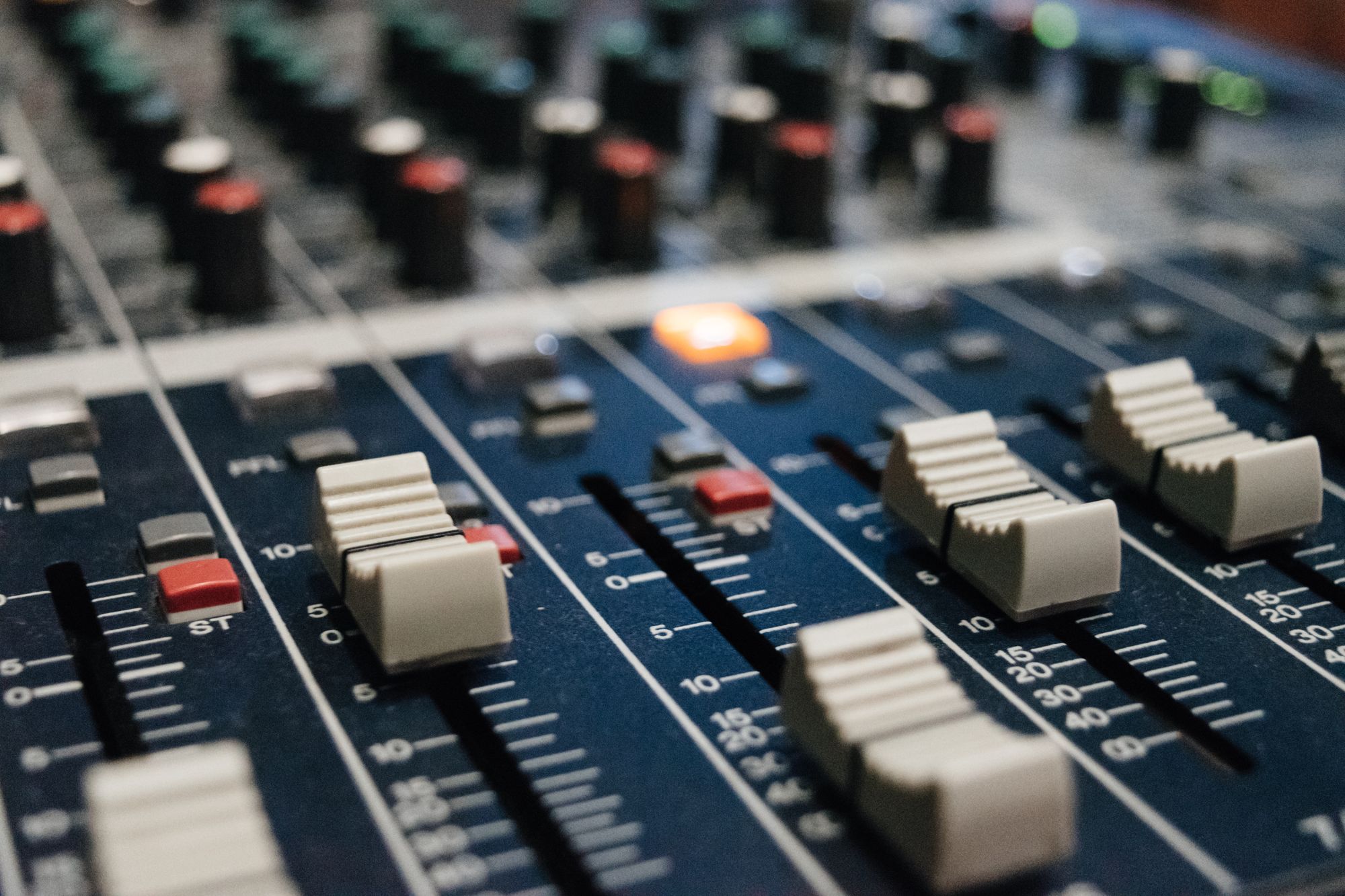
Critical thinking complements media literacy by fostering a mindset of questioning and verification. It encourages individuals to seek multiple perspectives, consult diverse sources, and fact-check claims before accepting them as truth. Critical thinkers do not simply consume news passively but actively engage with it, interrogating its content, sources, and context.
Individuals can navigate the complex media coverage landscape through media literacy and critical thinking. These skills enable them to guard against manipulation, misinformation, and fake news while fostering a more informed citizenry.
By questioning the accuracy, credibility, and intent behind news sources, individuals can make well-infor
Balancing Media Coverage
Balancing media coverage is essential to ensure a fair and accurate representation of events. It is crucial for news organizations to present multiple perspectives, avoid sensationalism, and fact-check information before reporting.
This approach provides a comprehensive understanding of complex issues and avoids promoting biased or misleading narratives. Presenting multiple perspectives is vital for balanced media coverage.
By including diverse viewpoints, news organizations offer a broader understanding of events and encourage critical thinking among their audience. This approach helps to counteract biases and ensures that different experiences and opinions are represented.
Avoiding sensationalism is another key aspect of balanced media coverage. Sensationalism often prioritizes attention-grabbing headlines and dramatic storytelling over accurate reporting. News organizations maintain credibility and provide a more nuanced view of events by focusing on facts and avoiding sensationalistic techniques.
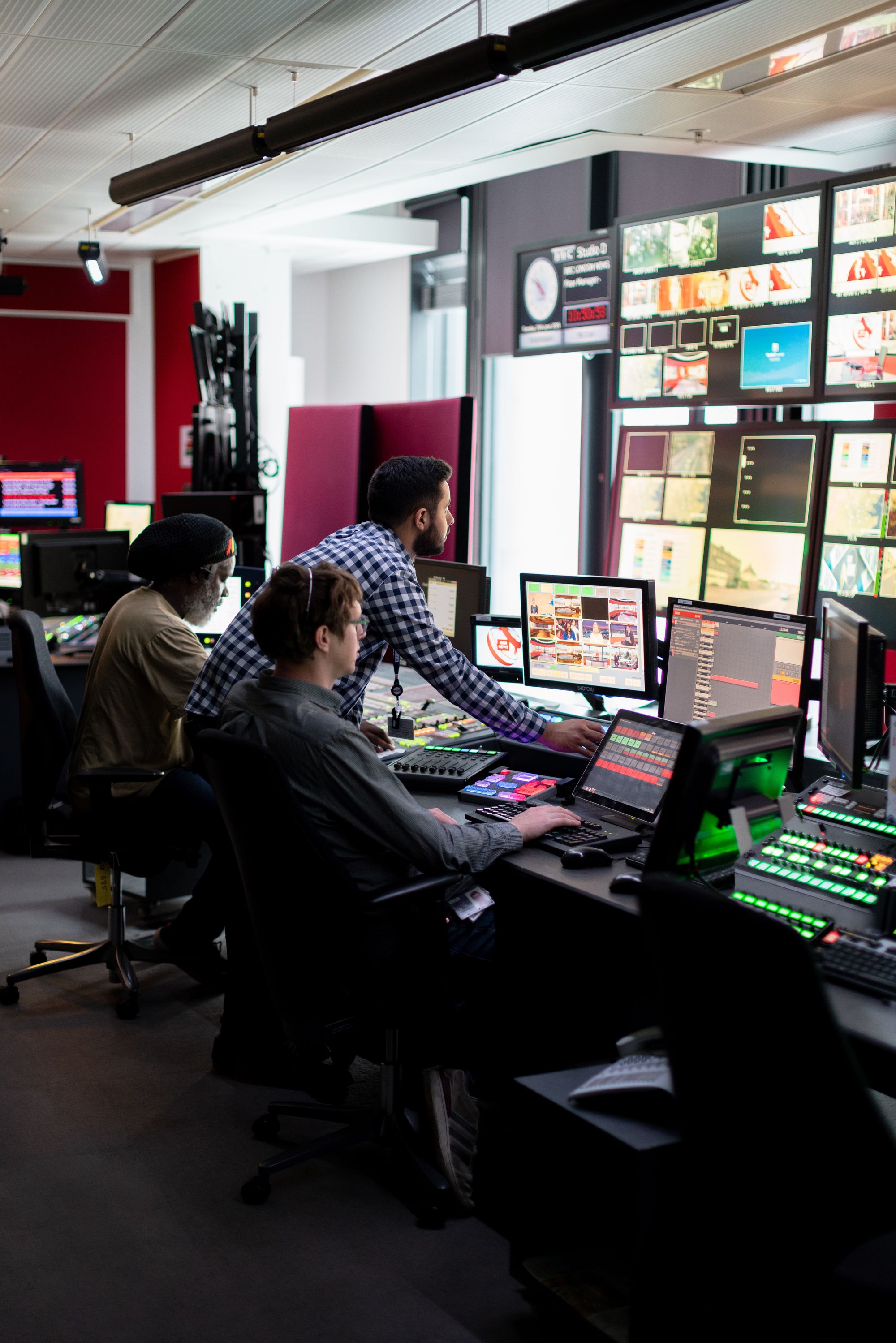
Fact-checking information is an integral part of balanced media coverage. Verifying sources and cross-referencing information helps to prevent the spread of false or misleading narratives. Fact-checking ensures that news organizations are responsible for presenting accurate and reliable information to the public.
To achieve balanced coverage, news organizations should also strive to avoid bias. By recognizing and addressing their biases, journalists can provide a more objective analysis of events. Seeking diverse viewpoints, promoting inclusivity, and being transparent about potential biases are effective strategies to achieve balanced coverage.
Balancing media coverage is crucial for presenting a fair and accurate representation of events. By providing multiple perspectives, avoiding sensationalism, fact-checking information, and avoiding bias, news organizations contribute to a more informed and engaged society.
Frequently Asked Questions
Why is presenting multiple perspectives important in media coverage?
Presenting multiple perspectives is crucial because it offers a broader understanding of events and encourages critical thinking among audiences. It helps counteract biases and ensures that different experiences and opinions are represented.
What is sensationalism in media coverage, and why should it be avoided?
Sensationalism prioritizes attention-grabbing headlines and dramatic storytelling over accurate reporting. This approach can compromise the credibility of news organizations. News organizations provide a more nuanced view of events by focusing on the facts and avoiding sensationalistic techniques.
How does fact-checking contribute to balanced media coverage?
Fact-checking involves verifying sources and cross-referencing information to prevent the spread of false or misleading narratives. By upholding their responsibility to present accurate and reliable information, news organizations maintain trust with the public.
How can bias be avoided in media coverage?
Journalists can address biases by recognizing them and taking steps to mitigate their influence on reporting. Seeking diverse viewpoints, promoting inclusivity, and being transparent about potential biases are effective strategies to achieve balanced coverage.
What role do news organizations play in countering false information during the COVID-19 pandemic?
News organizations play a vital role in countering false information (infodemics) during the COVID-19 pandemic by conducting thorough fact-checking, relying on health experts and public health professionals, and presenting scientifically accurate information.
How does media coverage influence public perception of the COVID-19 crisis?
Media coverage significantly impacts public perception of the COVID-19 crisis. It helps shape risk perception, understanding of the pandemic's impact, and attitudes towards public health measures. Accurate and comprehensive coverage is therefore essential to ensure informed decision-making by the public.
What are some common challenges in media coverage of the COVID-19 pandemic?
Common challenges include the rapid flow of evolving information, misinformation, balancing coverage between different aspects of the crisis, and ensuring the mental health consequences of the pandemic are adequately addressed.
How do news organizations determine which stories to cover?
News organizations often prioritize timely, impactful, and relevant stories to their target audience. They may also consider the potential of a story to uncover new information, offer unique perspectives, or generate public interest.
What can news organizations do to ensure their coverage is comprehensive and accurate?
News organizations can ensure comprehensive and accurate coverage by employing well-trained journalists, conducting thorough research, collaborating with experts, providing balanced viewpoints, and responding promptly to any errors or misinformation.
How can individuals engage with media coverage in a critical and responsible manner?
Individuals can engage with media coverage critically by seeking information from multiple sources, fact-checking claims, evaluating the credibility of news organizations, and promoting media literacy. By doing so, they contribute to a more informed and resilient society.


